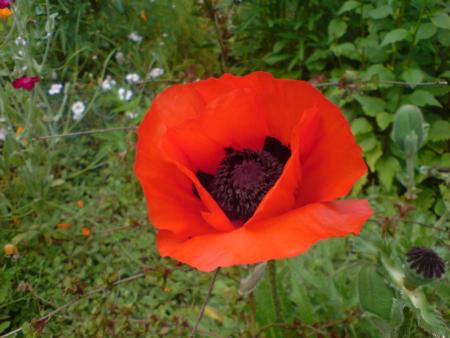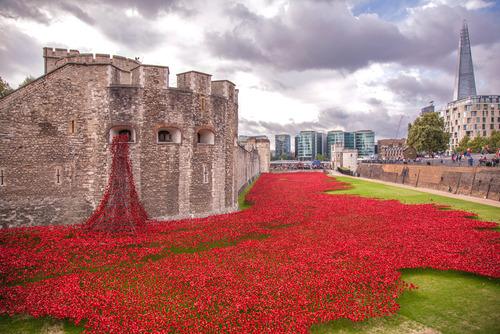Unused stories
Gardening Tips - Poppies not Poinsettias

Usually in November we would be writing about poinsettias but this year, 2014, it seems appropriate to talk of the red poppy, papaver rhoeas.
2014 is the 100th anniversary of the start of WW1 and to honour the 888,246 British and Commonwealth soldiers who died an amazing exhibit of ceramic red poppies was installed at the Tower of London. The exhibit is called “Blood swept lands and seas of red” with a poppy placed there for every person who died in the war.
The simple red poppy also inspired a poem written in 1915 by a Canadian soldier John McCrae “ In Flanders fields the poppies blow”. He had noticed the ease with which the poppy grew on the churned up fields of Flanders. After the war the poppy was adopted as a symbol of remembrance and today paper versions are often worn leading up to November 11th.

So why did those poppies grow so prolifically on the battlefields of Europe? The red poppy is a native of Europe and is an annual that often flowers in late spring. Its seed is long lived and once the soil is disturbed those prolific seeds burst into life. The plant has 4 large showy petals of vivid red with a black spot at the base. Like other members of the papaveraceae family it can exude a white latex when it’s tissues are broken. It is considered to be a weed by farmers as it often appears in mass in fields that have been plowed. Here in California we have the yellow to orange Eschscholzia californica that likes to spread freely as well.
Perhaps we need to treat “weeds” with more respect!
